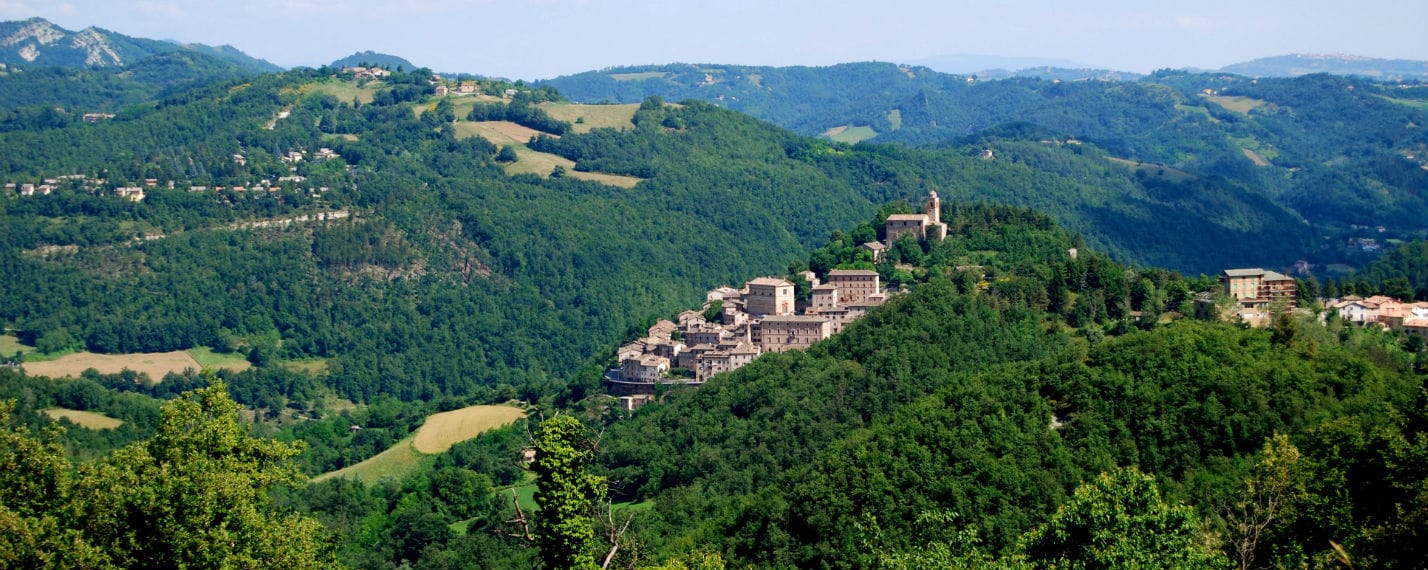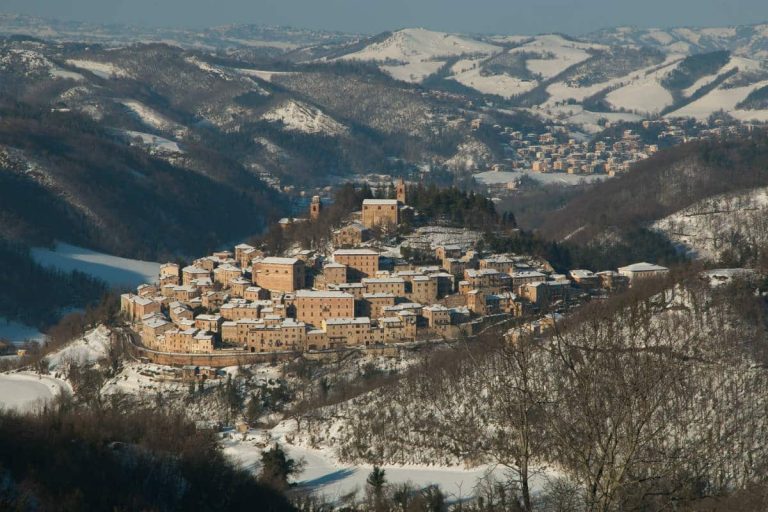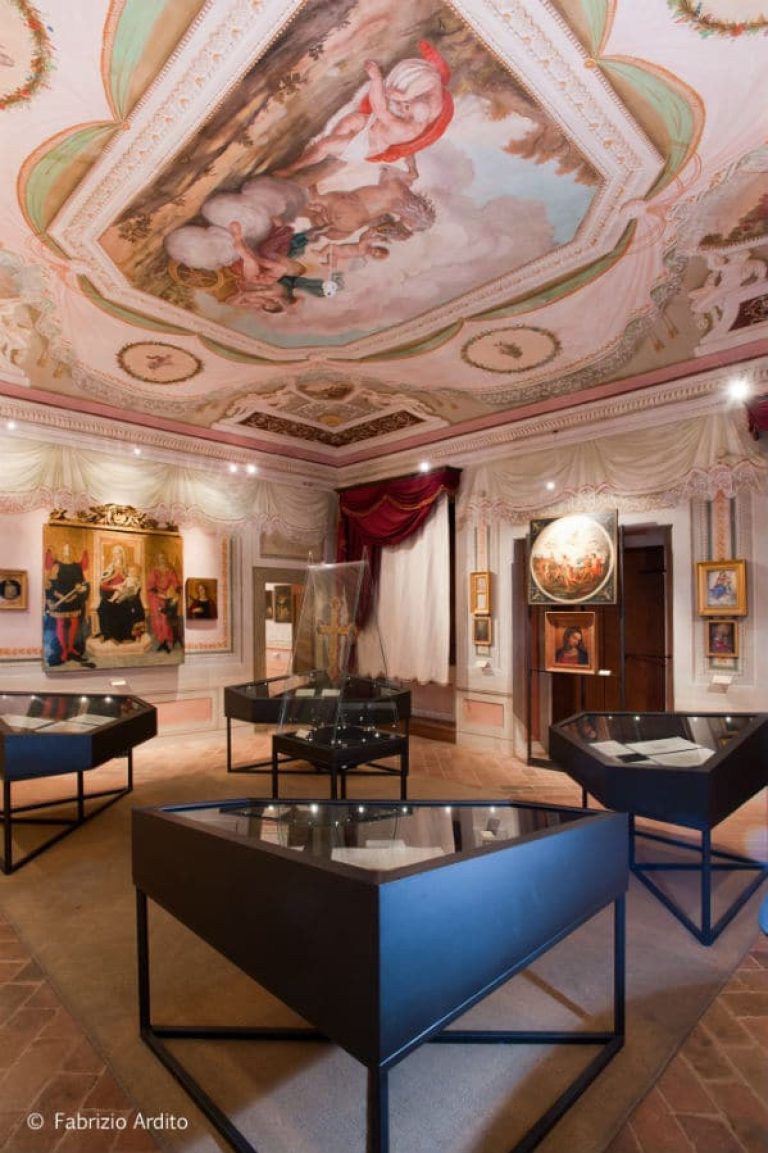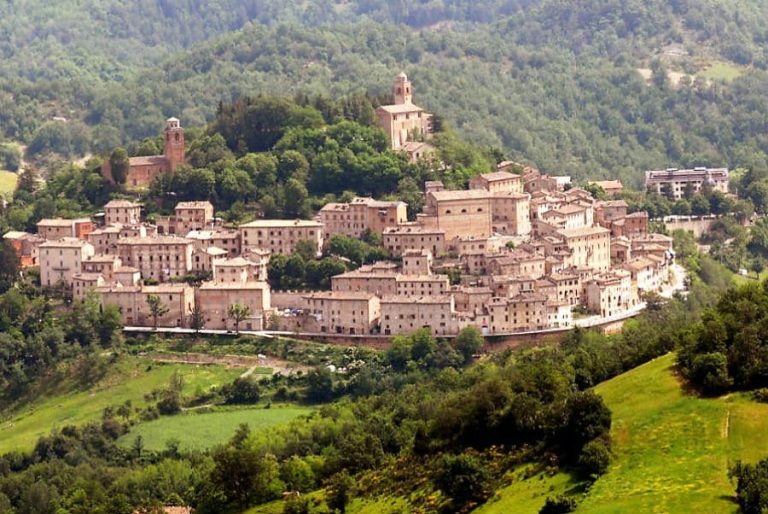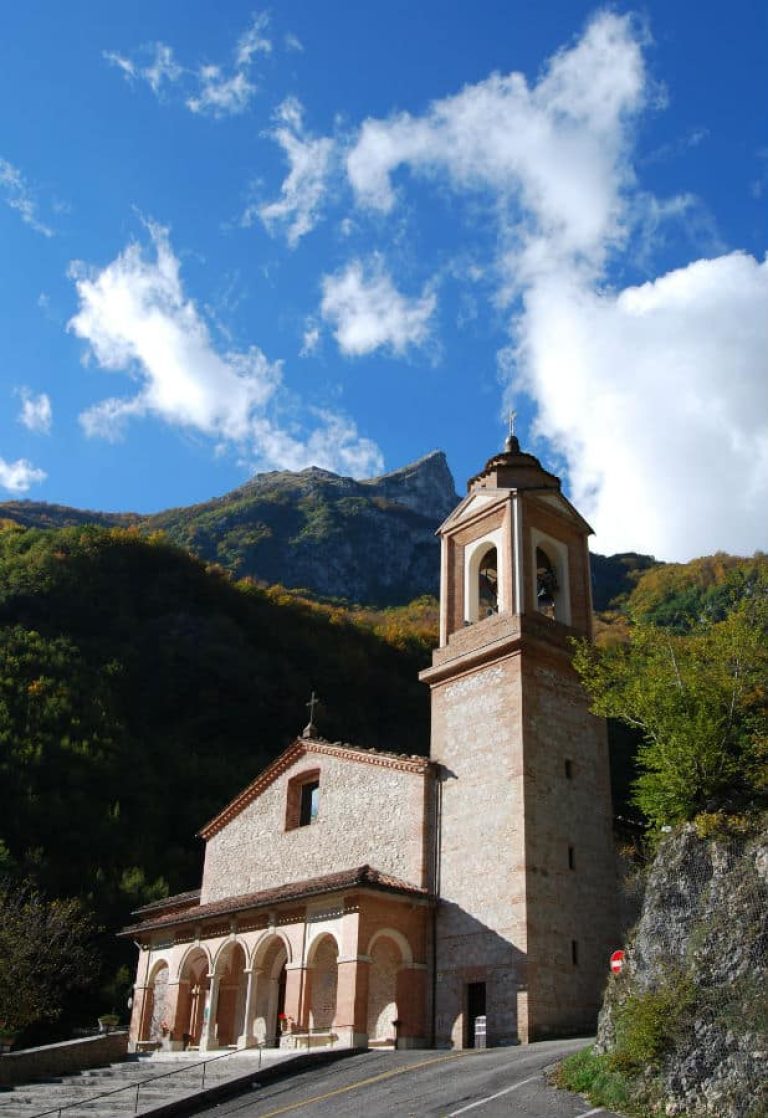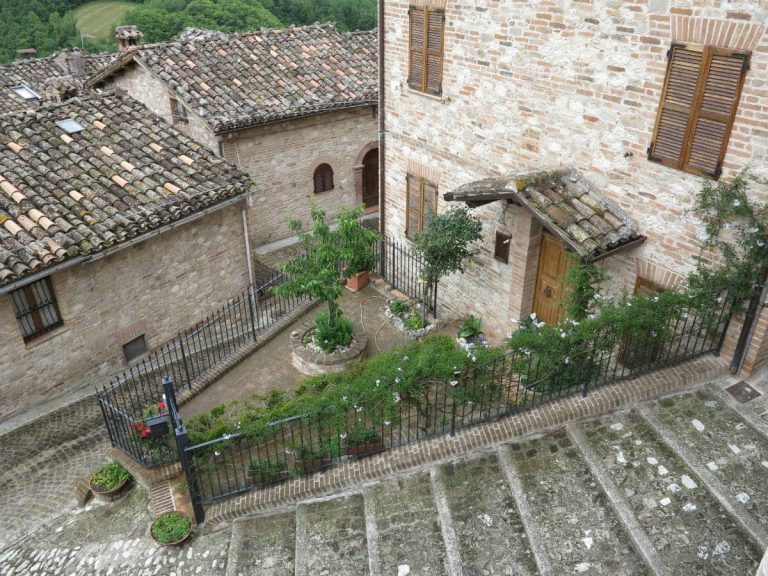Amidst the wild folds of the Sibillini Mountains, nestled on a rocky hill overlooking the Tenna River valley, lies Montefortino, a charming village in the Marche region where history, spirituality and nature coexist in perfect balance. Here, every stone tells centuries of events, every glimpse offers a breathtaking view, and every path leads to the authentic heart of the Apennines.
Historical background between Rome and the Middle Ages
Montefortino's origins date back to the Augustan era (29 B.C.-14 A.D.), when the territory was divided into centurie and assigned to veterans of the Roman army. Some place names in the area - such as Colmartese or Santa Maria de Marte - testify to a past steeped in the worship of the god Mars. Between the 6th and 8th centuries, the village was dominated by the Lombards and saw the birth of the parish church of Sant'Angelo in Montespino, one of the oldest places of worship in the area.
In the Middle Ages, Montefortino became a free municipality (1084) and took an active part in the struggles between neighboring communities. In the wake of these events the church of Our Lady of Peace was built, while on the ridge of the hill the fortified core of the village took shape, protected by high walls and towers. Three entrance gates have survived to this day: porta di Santa Lucia, porta San Biagio and porta di Valle, through which one enters a maze of concentric alleys, typical of medieval town planning.
A village to experience, between art and silence
Montefortino presents itself as a single architectural body, arranged on semicircular steps that rise toward the top of the hill. Its stone alleys, devoid of traffic and gathered in an unreal silence, invite a slow walk, made up of discoveries and small details: flowering plants in the windows, medieval arches, panoramic views of the mountains.
Piazza Re Umberto I, a natural belvedere over the Sibillini Mountains, opens at the center of the town. Here stands Palazzo Leopardi, an elegant 16th-century Renaissance building, now home to the Fortunato Duranti Civic Art Gallery, which houses a valuable collection by the Fortin painter and an interesting Fauna Museum dedicated to the Sibillini Park. Next door, the Tempietto dell'Orologio, a refined neoclassical building that became the home of Duranti himself, stands out.
Among the most significant churches: the Church of San Francesco (1550), with works by Simone De Magistris; the Church of Sant'Agostino (12th cent.), unfortunately damaged by the earthquake; and the 18th-century Church of Sant'Andrea, overlooking the central square.
The spirituality of the mountains: the Ambro Sanctuary
Not far from the center, nestled in the green Ambro Valley, is the striking Sanctuary of the Madonna dell'Ambro, the most important Marian place of worship in the Marche Apennines. Its origins date back to a miraculous apparition that occurred in the 17th century. The shrine is now a pilgrimage destination and a starting point for exploring the natural beauty of the area.
Nature, hermitages and highland flavors
Montefortino is one of the gateways to the Sibillini Mountains National Park, and offers the chance to explore breathtaking landscapes such as the Gole dell'Infernaccio, the hermitage of San Leonardo al Volubrio and the ruins of San Chiodo. The surrounding peaks-Pizzo Berro, Monte Priora, Monte Sibilla-hold ancient legends, such as that of the Apennine Sibyl, the prophetess who supposedly predicted the birth of Christ.
The mountains also reveal the agropastoral history of the place: ancient stone houses called Le Case or Lu Pià, once used by shepherds during transhumance, now tell of a world that endures in the forms of memory.
Finally, the pleasures of the table are not lacking: black and white truffles, porcini mushrooms, cucciòle (dishes made with lamb or wild boar from the mountains), wild herbs and other products of the undergrowth offer an authentic and profound gastronomic journey, in perfect harmony with the environment.
A village to rediscover
Montefortino, though scarred by the wounds of the earthquake, retains a strong identity made up of memory, landscape, art and silence. It is one of those places where every step reconnects with something ancient and profound. A village that does not need special effects, because the real beauty here is in the balance between history and nature, between the sacred and the everyday.

